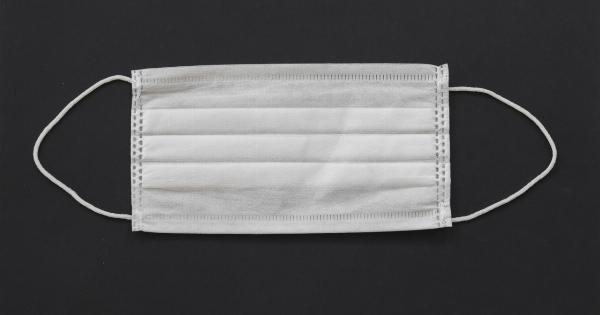Herpes is a common viral infection that affects millions of people worldwide. It is primarily transmitted through direct skin-to-skin contact with an infected individual, particularly during periods of active outbreaks.
While the most common sources of transmission are intimate acts such as kissing or sexual contact, it may come as a surprise that tanning salons have also been linked to herpes outbreaks. This article explores the relationship between tanning salons and herpes transmission, the risks involved, the symptoms to watch out for, and how to prevent transmission.
Understanding Herpes
Herpes is caused by the herpes simplex virus (HSV), which exists in two different strains: herpes simplex virus type 1 (HSV-1) and herpes simplex virus type 2 (HSV-2).
HSV-1 is typically associated with oral herpes, commonly known as cold sores, while HSV-2 is responsible for most cases of genital herpes. However, both strains can infect either the mouth or genitals.
Herpes outbreaks occur when the virus becomes active and replicates, resulting in the development of painful blisters or sores. These outbreaks are often preceded by flu-like symptoms such as fever, body aches, and swollen lymph nodes.
Once infected, the virus remains in the body for life and may periodically reactivate, leading to recurrent outbreaks.
The Risks of Herpes Transmission in Tanning Salons
Tanning salons are environments where people seek to achieve a tan through the use of tanning beds or booths, which emit ultraviolet (UV) radiation.
While UV radiation itself does not directly cause herpes outbreaks, tanning salons create an environment that facilitates the spread of the virus.
The primary risk factor in tanning salons is the sharing of tanning beds or booths.
When multiple individuals use the same equipment without proper disinfection protocols, there is a potential for skin-to-skin contact on surfaces contaminated with the herpes virus. Additionally, the humidity and warmth often present in tanning salon environments can promote viral replication, increasing the likelihood of transmission.
Symptoms of Herpes
Herpes outbreaks typically begin with a tingling or itching sensation at the site where the virus entered the body, followed by the appearance of small red bumps which develop into blisters. These blisters are often painful and contain clear fluid.
Over time, the blisters burst, releasing the fluid and forming shallow ulcers that eventually scab over and heal.
In the case of oral herpes, the most common symptoms include cold sores or fever blisters on or around the lips, mouth, or gums. Genital herpes may cause similar blisters on the genitals or surrounding areas.
However, it is important to note that herpes can also be asymptomatic, meaning that infected individuals may not experience any noticeable symptoms.
Preventing Herpes Transmission in Tanning Salons
While the risk of herpes transmission in tanning salons exists, there are several measures you can take to protect yourself and others:.
1. Practice Good Hygiene
Always wash your hands thoroughly with soap and water before and after using tanning equipment. Avoid touching your mouth, nose, or eyes during your session to minimize the risk of transferring the virus to those areas.
2. Avoid Tanning During an Active Herpes Outbreak
If you have an active herpes outbreak, it is crucial to avoid tanning salons until the outbreak has completely healed. This will help prevent the spread of the virus to others.
3. Follow Proper Cleaning and Disinfection Protocols
Tanning salons should follow strict cleaning and disinfection protocols to minimize the risk of virus transmission.
Ensure that the salon you visit follows these protocols and uses appropriate disinfectants on all surfaces frequently touched by clients.
4. Consider Alternatives
If you are concerned about the risk of herpes transmission in tanning salons, you may consider alternative methods to achieve a tan.
Sunless tanning lotions, sprays, or professional airbrush tanning services are safe alternatives that do not involve direct skin contact with potentially contaminated surfaces.
5. Get Tested
If you suspect you may have been exposed to the herpes virus, it is a good idea to get tested. This will help you know your status and take necessary precautions to prevent transmission.
Conclusion
Tanning salons, although not an obvious source of herpes transmission, have been associated with outbreaks. The risks arise from the sharing of equipment and the conducive environment for viral replication.
It is essential to practice good hygiene, avoid tanning during active outbreaks, ensure proper cleaning and disinfection protocols are followed, consider alternative tanning methods, and get tested if necessary. By taking these precautions, you can reduce the risk of herpes transmission and protect yourself and others from this viral infection.




























